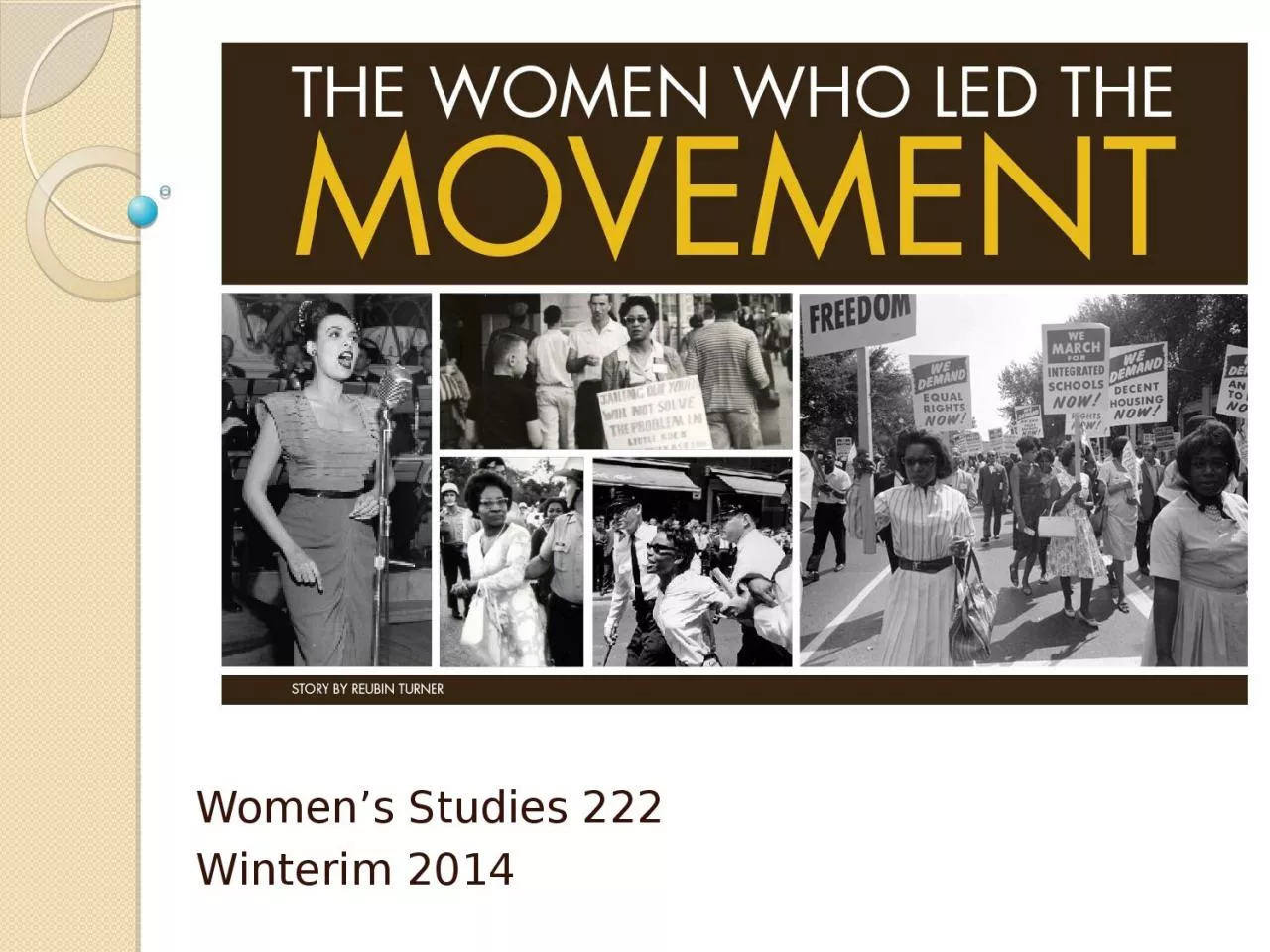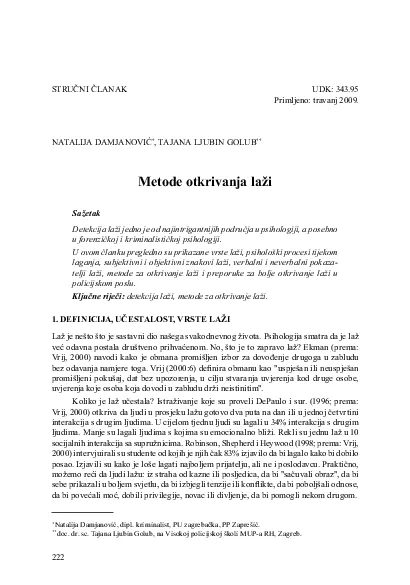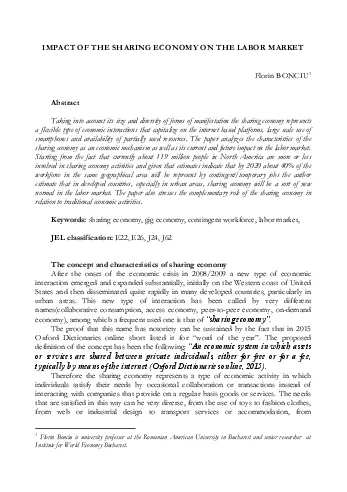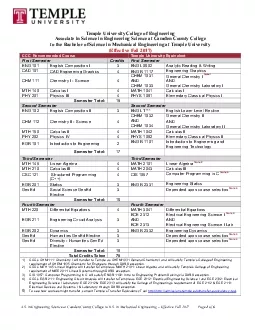PPT-Women’s Studies 222 Winterim
Author : TropicalParadise | Published Date : 2022-08-02
2014 Septima Poinsette Clark 18981987 Septima Clark is considered the Teacher to the Movement She was born in Charleston South Carolina on May 3 1898 and was
Presentation Embed Code
Download Presentation
Download Presentation The PPT/PDF document "Women’s Studies 222 Winterim" is the property of its rightful owner. Permission is granted to download and print the materials on this website for personal, non-commercial use only, and to display it on your personal computer provided you do not modify the materials and that you retain all copyright notices contained in the materials. By downloading content from our website, you accept the terms of this agreement.
Women’s Studies 222 Winterim: Transcript
Download Rules Of Document
"Women’s Studies 222 Winterim"The content belongs to its owner. You may download and print it for personal use, without modification, and keep all copyright notices. By downloading, you agree to these terms.
Related Documents














